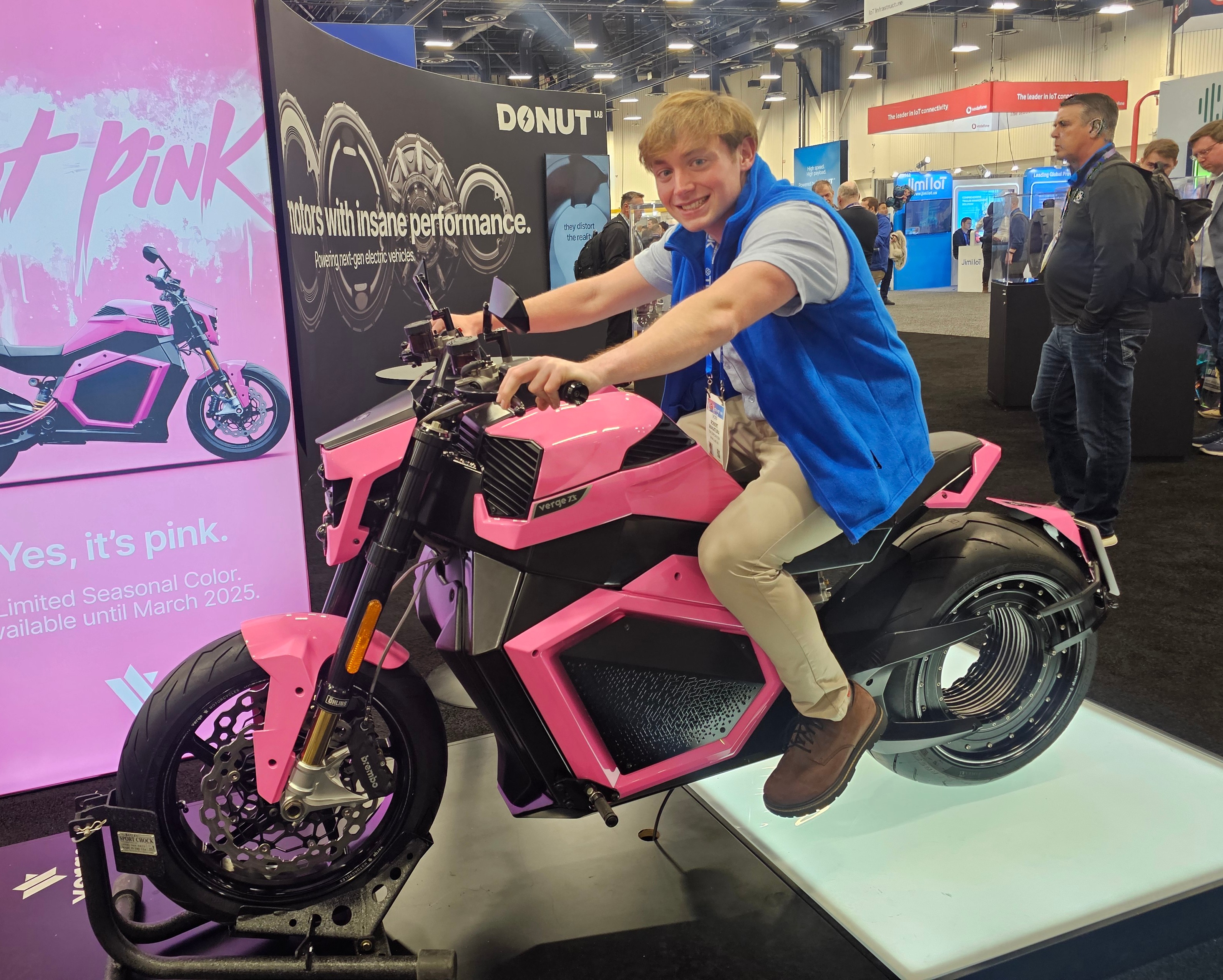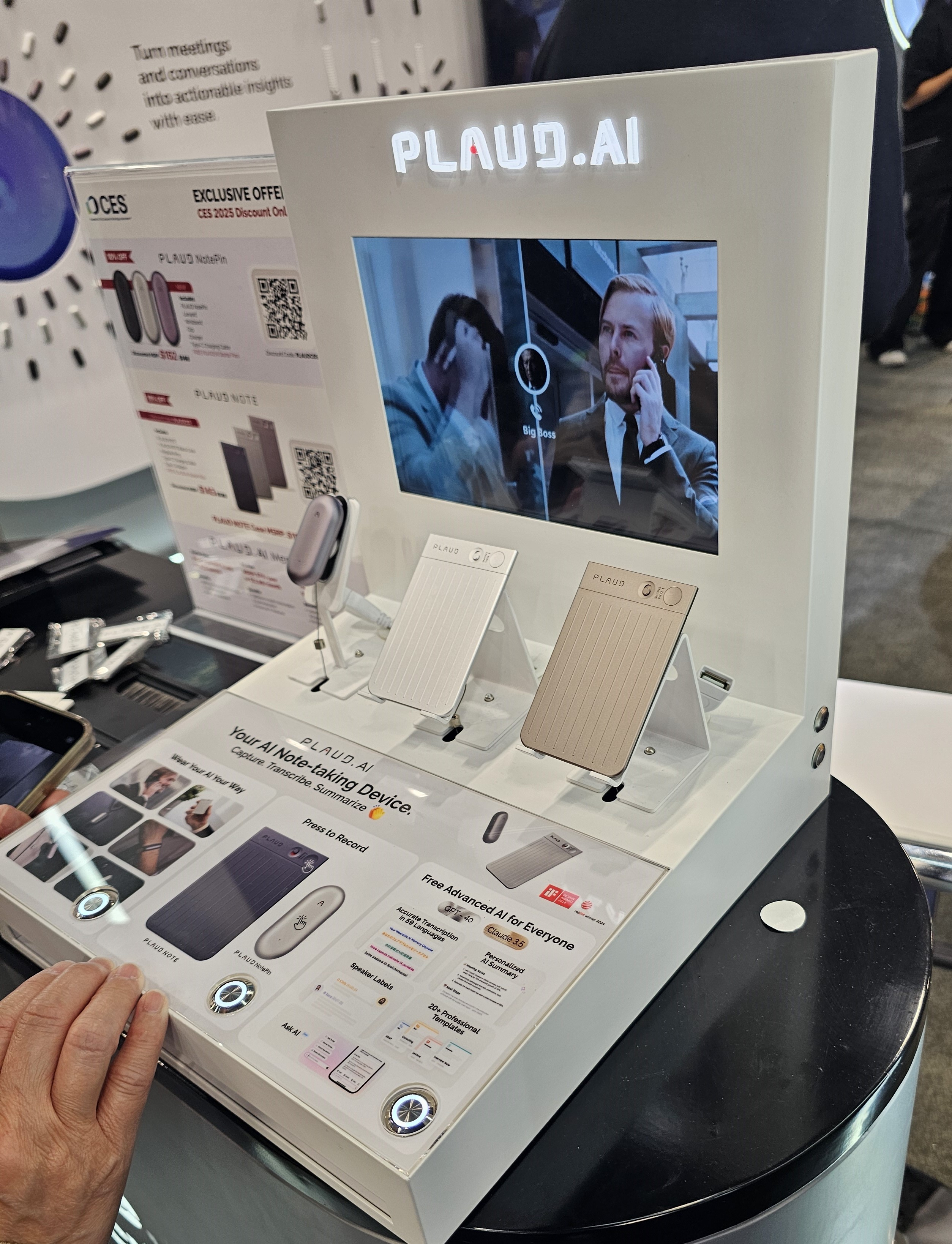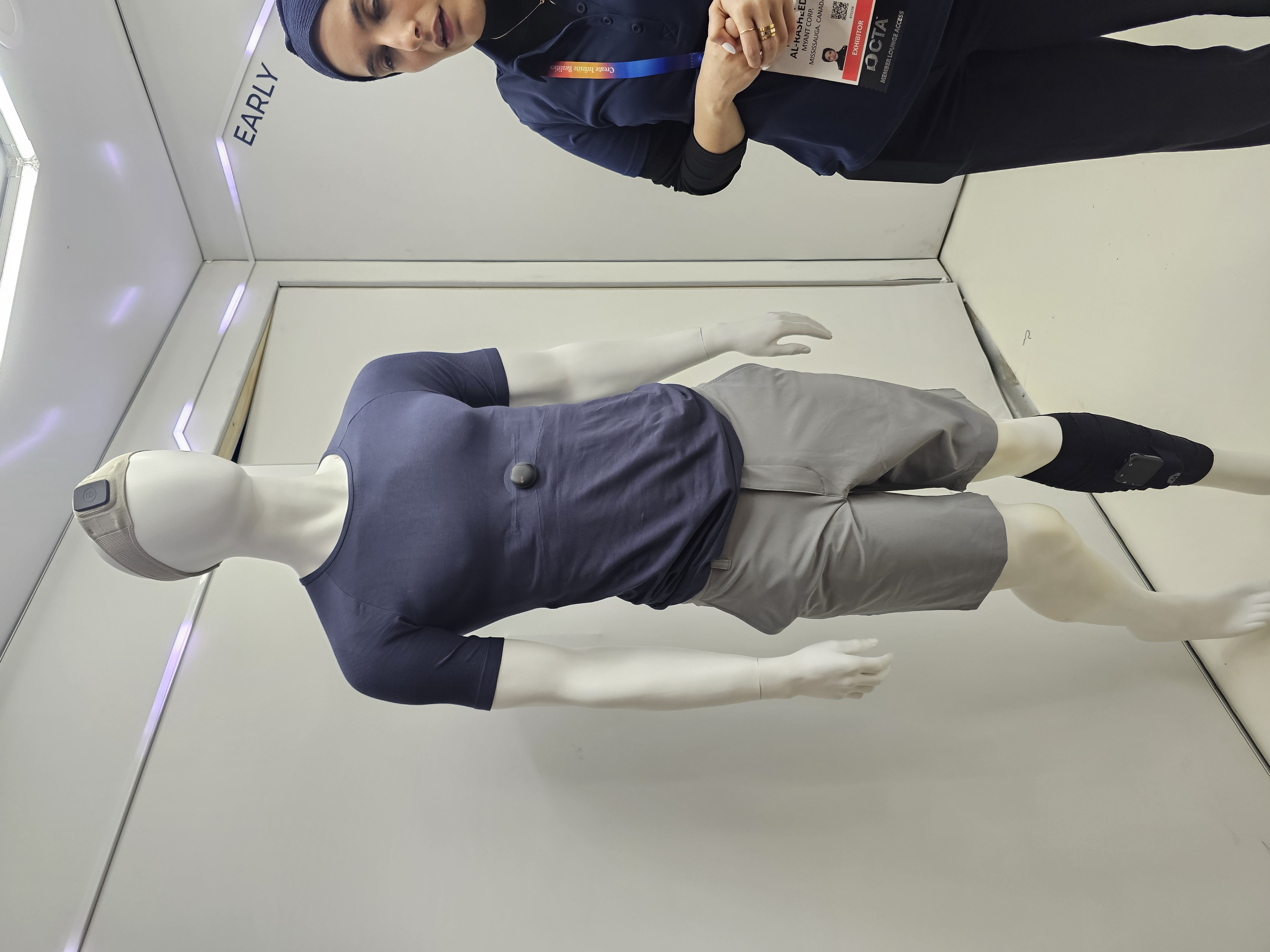
CES 2025 showcased an exciting glimpse into the future of consumer electronics, but much of the technology is still in the early stages. AI is coming to personal electronic devices, but it hasn’t fully arrived yet. The advancements were iterative, but given how powerful AI is, the trajectory is clear. At some point how we interact with the world will be completely redefined with sensors, inputting all of these data-streams into AI and getting real-time results.
Long-Term Trend: AI Will Turn Us Into Homo-Technologicus
In the long-term history of human development, we have evolved into new species based on the ways that we use our brains. Homo-Habilis developed tools, Homo-Erectus invented fire for cooking, and Homo-Sapiens created complex agricultural societies. Homo-Technologicus is the future, one defined by AI integration into the brain and how our bodies interact with the world.
Artificial intelligence reduces the load on the human brain through predictive learning and quick access to the knowledge of the internet. Our brains will physically adapt to the AI-accelerated future, through neural implants and wearable devices.
Wearable AI and the Next Frontier
Meta Ray-Ban glasses were on display at CES, unveiling new direct translation technology on the current generation of devices, but there weren't any new devices shown. I have a feeling there is new technology coming down the pipe, given the fact that Reality Labs, the VR/AR branch of Meta, has lost over $17 Billion in 2024 alone.
Other wearable technologies, such as a microphone for memo notes (Plaid.ai), earphone translators (Timekettle), and other glasses competition for Ray-Ban were fascinating, but not yet game changing. They aren't seamless, mass-market integrations of AI into the real world quite yet. As Engadget put it, a smart cane assisting blind people could be one of the most important physical use cases of AI so far. This device, shown at TDK's booth, which is my company, uses our ultrasonic sensors and haptics. It directly translates real-world objects, shown through a camera, to audio. It can answer questions about a menu, showing how AI can directly help the brain more easily interact with the world.
Health, and Glucose Monitoring
Many companies, including Abbot, MVIRO, and Apollon unveiled different types of devices for glucose monitoring. Abbot showed off a future where the Freestyle Libre goes mainstream. Their new device for the broader audience is called Lingo. Athletes can use Lingo to continuously monitor their glucose during sporting events to ensure they are properly nourished. Furthermore, MVIRO, a South Korean startup, unveiled a painless laser pricking solution to detect glucose. The device was not exactly painless, but nearly, and you can see my demo of it in the video below.
Apollon, another startup, is using unconventional physics to noninvasively detect glucose through a palm reader. It is the first time Raman Scattering technology has been used in the medical field, sending photons into the palm and using scattering to determine the chemical composition of the blood. In the future they would like to go beyond glucose, being able to replace standard CHEM15 tests noninvasively, making Apollon a very interesting company to watch.
Other booths at CES presented the use of sophisticated knitting work to incorporate medical sensors into fabrics. In the future, AI will use predictive learning to provide insights based on data sources from our bodies and the environment. I am very interested to see what other sensors companies will integrate into fabrics, given the cost, energy, and physical constraints.
CES Conclusions
While it is a work in progress, the broader trend is clear. AI and wearables are laying the foundation for a deeply connected, AI-assisted human experience. AI will soon replace many human tasks, such as driving and translating, changing how we respond to the real world. As we figure out how to integrate sensors into our bodies and lives, software engineers will find ways to input them into real-time AI-powered systems, producing profound results. The journey to becoming Homo-Technologicus is accelerating, and it was refreshing to see these advancements at CES this year.


